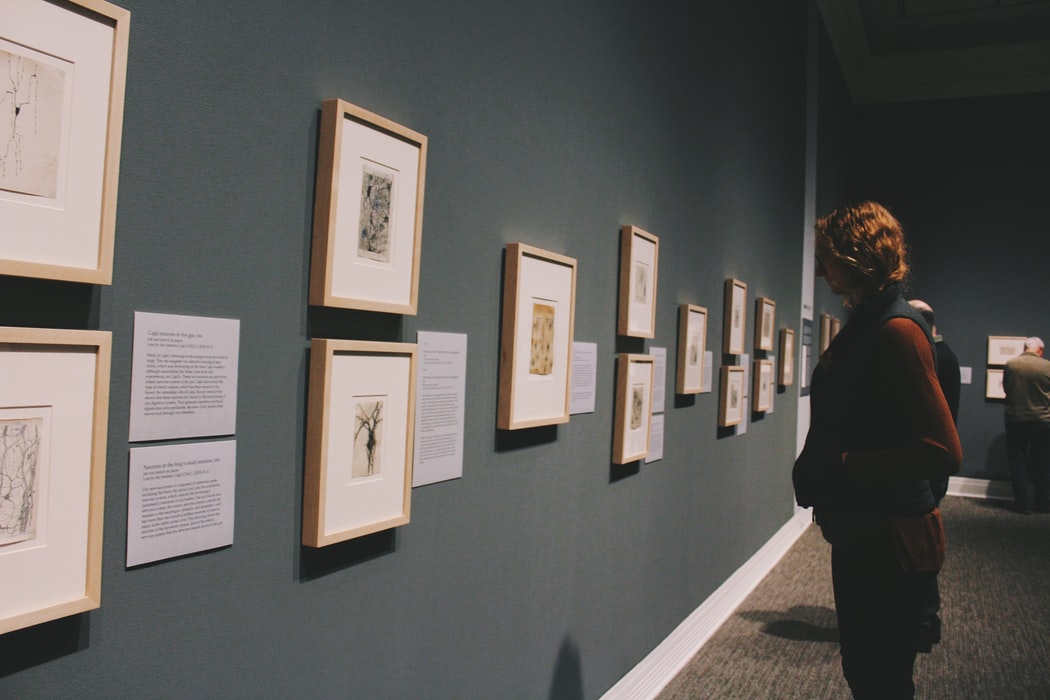Does the male gaze go beyond the frame?
“I am not just a body. Your double standards should not be an obstacle to my access to culture and knowledge”, wrote Jeanne Huet in an open letter to the Musée d’Orsay in Paris.
The 22 year old student took to Twitter to share her experience of sexism and discrimination from one of Paris’ biggest museums, which features some of the world’s most famous nudes, after denying her entry due to her choice of an “inappropriate” outfit.
Alongside the post, Jeanne shared an image of herself taken on the day of the incident, which showed her wearing a knee-length dress with a V-shaped neckline. Jeanne was told by museum staff that “rules are rules” and was told to cover up with a jacket. The incident left Jeanne feeling humiliated. ‘I feel everyone’s looking at my breasts. All I am is my breasts; all I am is a woman they are sexualising”.
A museum famous for its nude paintings and sculptures could not handle a woman’s cleavage.
Apparently the appreciation of art is a privilege extended solely to people without breasts. Or at least that is what seemed to be the case in the Musée d’Orsay. What made this event even more vexatious, and well, ironic, was that a museum famous for its nude paintings and sculptures, such as Gustave Courbet’s ‘Origin of the World’, could not handle a woman’s cleavage.
The museum has since apologised about the incident following public outrage throughout social media, yet Jeanne was left feeling that the museum failed to “recognise the sexist and discriminatory nature of the event”.
It is unclear what the museum’s “rules” were in regards to their dress code. There are some references to “decent dress” and a ban on clothing “likely to disturb the peace”, but quite frankly there is nothing disturbing about the female body.
A woman was defined by what she wore, and was not seen as an equal.
The male gaze already objectifies and sexualizes women in art, but through this episode it is evident that it does in fact go beyond the frame and is a key player to the persistence of sexism in our society. Ultimately, a woman was defined by what she wore, and was not seen as an equal, as someone who didn’t have the same right to be there as everyone else.
However, this is not an isolated incident. In 2018, an Australian influencer who was visiting Paris was denied entry into the Louvre for wearing a low-cut mesh dress. Her story is worryingly similar to that of Jeanne’s, evocative of sexist and discriminatory attitudes towards women in our society.
Museums, as well as other institutions, have the responsibility to ensure that women are not discriminated against through outdated attitudes, so-called “rules” and dress codes. While the Musee d’Orsay did issue a sincere apology, there is more to be done. Allowing women the freedom to wear whatever the hell they want is a good place to start.

Comments